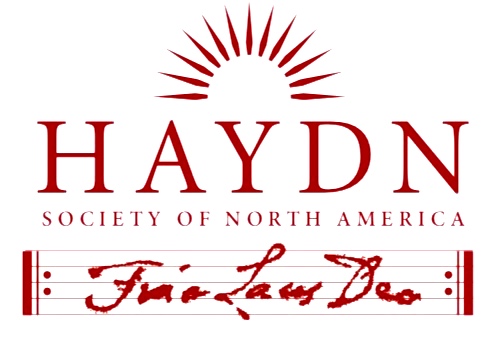
Document Type
Article
Abstract
The compositional response to Haydn’s works in the second half of the twentieth century has up to this point scarcely been investigated. Understandably, it focuses on Haydn’s more prominent works. An examination reveals that the reception of the “Farewell Symphony“ plays an exceptional role inasmuch as it forms not only the musical basis of works by Alfred Schnittke, Jindřich Feld, Kirke Mechem, George Crumb and other composers, but the “pantomime” (Georg August Griesinger) elements of the first performance, as told in the anecdote, are turned into performative actions in reception: the light’s extinction and the musicians’ departure. Analysis of Frank Corcoran’s Farewell Symphonies, Jindřich Feld’s Capricci, Kirke Mechem’s Haydn’s Return, Dieter Schnebel’s Haydn-Destillate, Alfred Schnittke’s First Symphony and moz-art à la haydn, Jörn Arnecke’s Unter Eis, George Crumb’s Night of the Four Moons and Arnold Schoenberg’s Second String Quartet exemplify this framework of possible modes of compositional response.
Recommended Citation
Siegert, Christine
(2011)
"Haydn's "Farewell" Symphony: the Musical Aftermath of an Anecdote,"
HAYDN: Online Journal of the Haydn Society of North America: Vol. 1, Article 3.
Available at:
https://remix.berklee.edu/haydn-journal/vol1/iss1/3
© Haydn Society of North America ; Boston: Berklee Library, 2011. Duplication without the express permission of the author and/or the Haydn Society of North America is prohibited.


